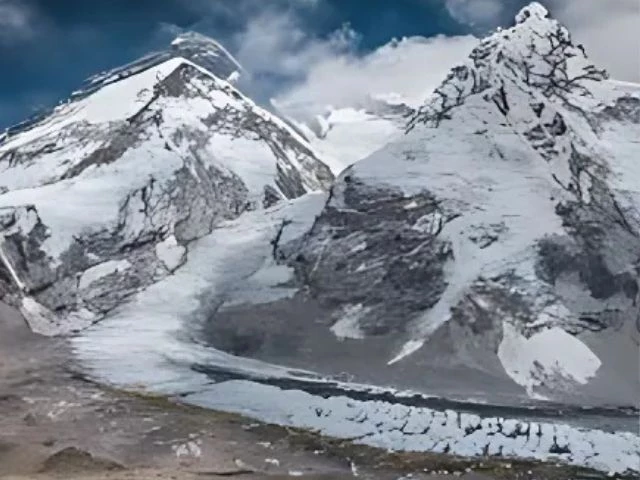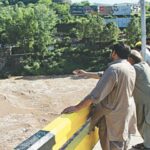Key Points:
-
Drones Revolutionizing Everest Logistics
-
Drones are being used to transport essential gear (ladders, ropes, oxygen cylinders) between Base Camp (5,364m) and Camp One (6,065m), reducing a 6-7 hour Sherpa journey to under 7 minutes.
-
This technology aims to support—not replace—Sherpas, combining modern logistics with traditional mountaineering expertise.
-
-
Safety & Efficiency Improvements
-
Sherpas face extreme dangers, especially in the Khumbu Icefall, a shifting glacier that has claimed many lives.
-
Drones help reduce risks by pre-delivering equipment, minimizing repeated trips, and aiding in waste removal (500 kg cleared in initial trials).
-
-
Search, Rescue & Environmental Efforts
-
Drones assist in search-and-rescue missions, locating lost climbers faster.
-
They also support clean-up operations, removing waste from high-altitude camps.
-
-
Challenges & Costs
-
Harsh weather, low visibility, and high-altitude conditions make drone operations difficult.
-
Each drone costs $70,000, with additional expenses for fuel, manpower, and logistics at Base Camp.
-
-
Sherpas Remain Essential
-
Despite drone assistance, Sherpas’ expertise is irreplaceable in navigating Everest’s unpredictable terrain.
-
Drones enhance safety but do not eliminate the need for human skill and courage.
-
Conclusion
The integration of drone technology on Mount Everest marks a significant advancement in safety, efficiency, and environmental conservation. By transporting critical supplies, aiding in rescue missions, and reducing Sherpas’ exposure to danger, drones are proving to be a vital complementary tool in high-altitude mountaineering. However, their success depends on continued collaboration with Sherpas, adequate funding, and overcoming extreme operational challenges. Ultimately, this fusion of tradition and innovation could redefine Everest expeditions, making them safer and more sustainable for future generations.



